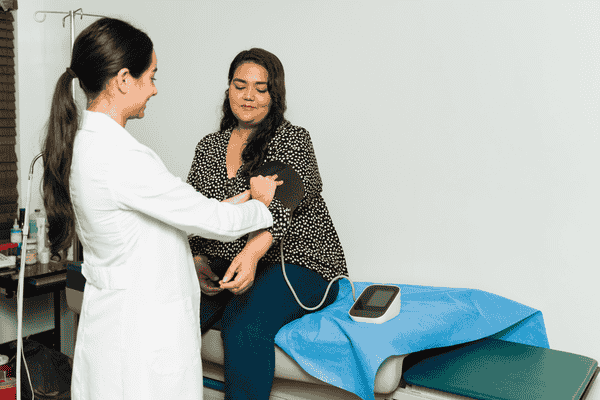Being entrusted with the care of a loved one during their most vulnerable moments is a profound responsibility. How can caregivers ensure both the safety and quality of care for their patients? Navigating this complex landscape requires a blend of compassion, expertise, and adherence to healthcare standards.
Essential Tips for Prioritizing Patient Safety and Well-being
- Communication is Key: Maintain clear and open communication with healthcare professionals, patients, and their families. Ensure everyone is informed about the care plan and any changes in the patient’s condition.
- Medication Management: Follow medication schedules accurately, monitor for side effects, and keep an updated list of medications handy. Proper medication management is crucial for patient safety.
- Fall Prevention: Create a safe environment by removing trip hazards, installing grab bars, and using mobility aids as needed. Regularly assess the patient’s risk of falls and take preventive measures.
- Infection Control: Practice proper hygiene, including handwashing, sanitizing surfaces, and using personal protective equipment (PPE) when necessary. Minimize the risk of infections through vigilant infection control measures.
- Nutrition and Hydration: Ensure patients receive balanced meals, stay hydrated, and follow any dietary restrictions prescribed by healthcare providers. Good nutrition supports overall well-being and aids in recovery.
- Emotional Support: Offer empathy, listen actively, and provide emotional support to patients and their families. Addressing emotional needs is as important as physical care.
- Advocacy: Advocate for patients’ rights, preferences, and needs within the healthcare system. Be their voice and ensure they receive appropriate care and treatment.
- Continuous Learning: Stay updated with the latest caregiving techniques, healthcare trends, and safety protocols. Continuous learning enhances caregiving skills and improves patient outcomes.
- Documentation: Maintain accurate records of care, medications, vital signs, and any changes in the patient’s condition. Documentation is essential for continuity of care and communication among healthcare providers.
- Self-care: Take care of your own physical and mental well-being to avoid caregiver burnout. Practice self-care strategies such as regular breaks, seeking support from others, and engaging in activities that bring you joy.
Adhering to Quality Healthcare Standards
Adherence to quality healthcare standards is fundamental for caregivers. This includes following protocols for infection control, patient safety measures, ethical guidelines, and respecting patients’ rights to privacy and dignity. Quality care is not just about tasks; it’s about creating a compassionate and safe environment that promotes healing and well-being.
Strategies for Enhancing Patient Outcomes
Implementing strategies such as regular assessments, care planning, collaboration with healthcare teams, and involving patients in decision-making can enhance patient outcomes. By focusing on holistic care that addresses physical, emotional, and social needs, caregivers contribute significantly to positive patient experiences and outcomes.
Conclusion
As caregivers, your role in providing safe and quality care is invaluable. By following these essential tips, adhering to healthcare standards, and prioritizing patient well-being, you can make a meaningful difference in the lives of those you care for. Your dedication and compassion create a positive impact on patient outcomes and contribute to a safer and healthier healthcare environment.













